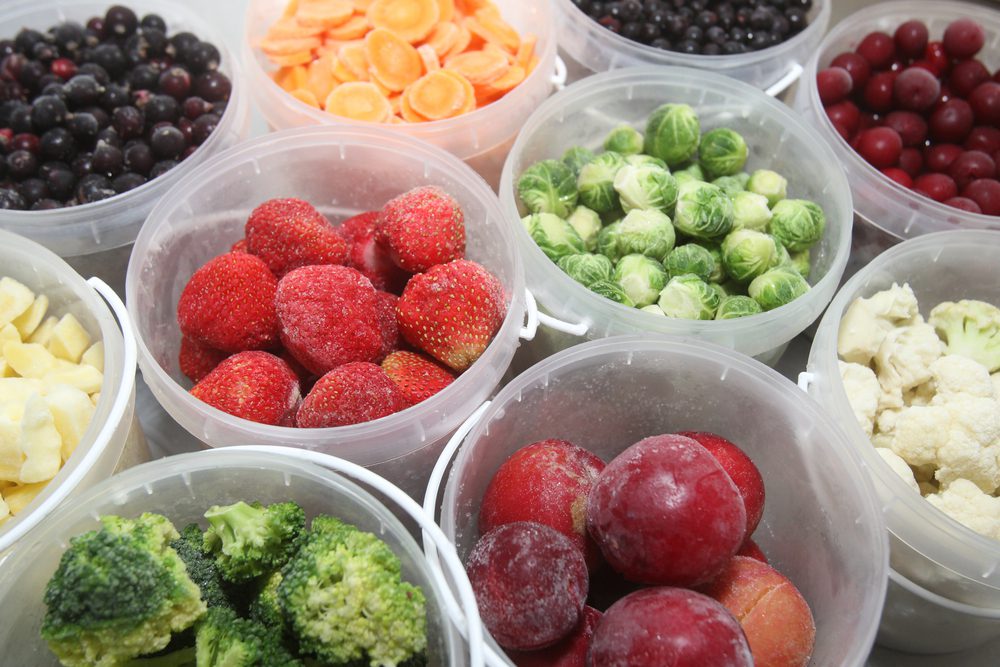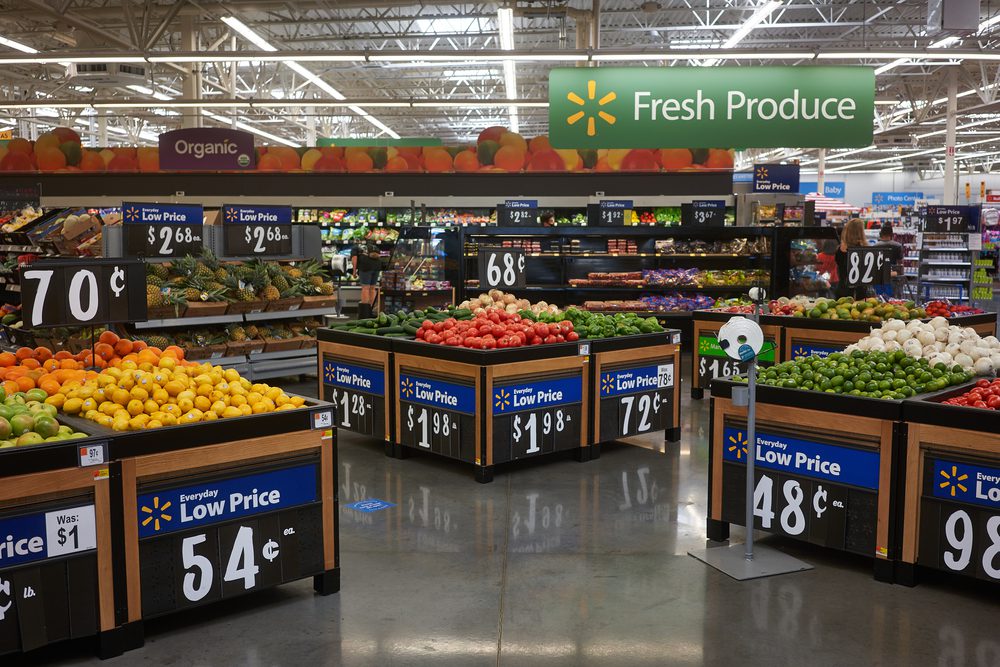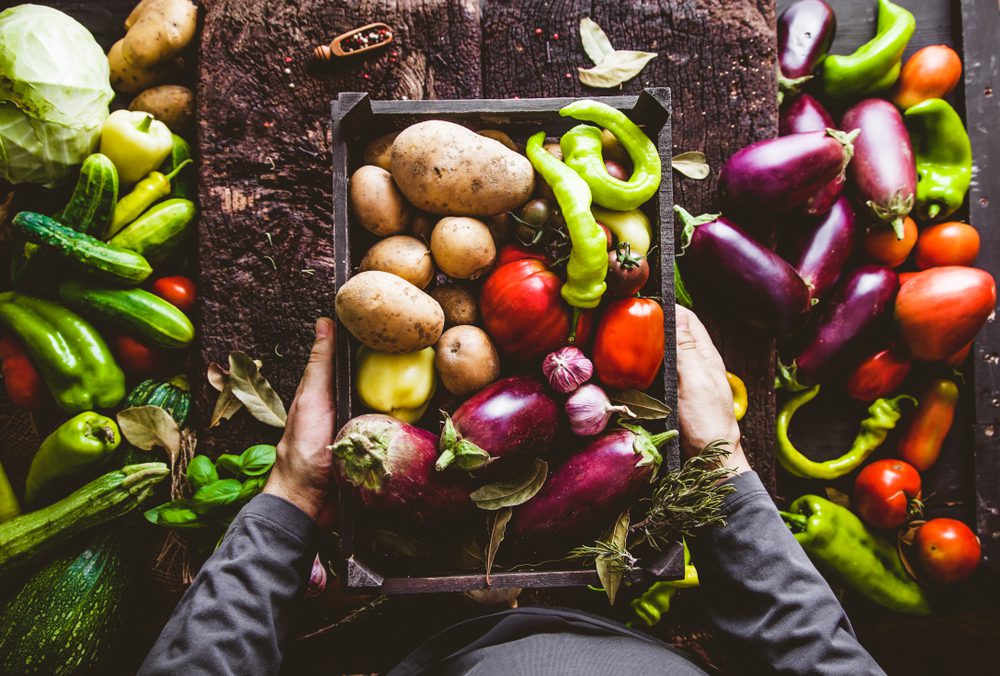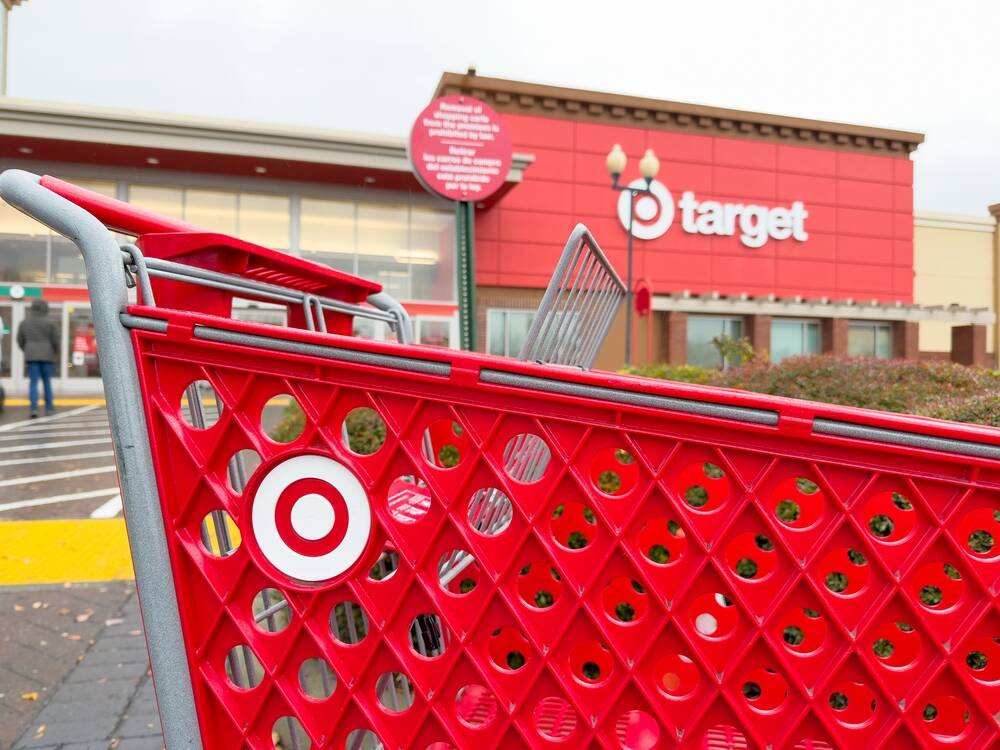Are you getting enough produce in your daily diet?
Getting more veggies and fruits in your diet is vital for your health. From tomatoes and spinach to bananas and melons, produce provides key vitamins and minerals to keep our bodies in working order.
Fruits and veggies can also give you the much-needed energy to get through a hectic day, and they can also make your hair and skin shine.
A fridge that’s filled with gorgeous ripe produce might seem like a dream come true, but it doesn’t have to be something you only get to enjoy once in a while.
In fact, if you follow some of our brilliant tips and tricks, you can make eating lots of fruits and vegetables an affordable reality! Ready to fill your fridge with produce?
Here are 7 ways to bring down the costs, whether it be at the farmers’ market, the grocery store, or big-box stores.

Stock up and dehydrate, freeze, or bottle whatever you don’t use
When you find an awesome deal on produce, your family likes, make sure you stock up on it! Figure out how much you will eat in a week or two, and then dehydrate, freeze, or even bottle up the rest of it. Many fruits and veggies freeze very well.
To ensure you get the best texture and flavor out of your produce, you can freeze fruits for about a year and vegetables for approximately 18 months. Another great way you can preserve fruits and some veggies is with a dehydrator.
If you have any kiddos running around in your household, this is a fantastic way to substitute candy for something much healthier!
Shop with a Purpose
If you have all your meals and recipes planned for the week and you go to the store with your ingredients list, you’ll only buy what you need and not waste all your cash on unnecessary buys.
Saving money on your overall grocery bill gives you some extra money to purchase better-quality produce. Another good tip is to check for sales before going shopping. Then you can plan your weekly menu around that.
And instead of the usual apples you buy, snack on the strawberries that are on sale, or hold off on making those yummy out-of-season artichokes and grill some zucchini.
Buy in-season produce
While we’re on the topic of seasons, you should always buy the produce that is “In-Season”! Sometimes we get excited about trying a new recipe. But it calls for a fresh produce item that isn’t in season right now.
Since we have all that internet access nowadays, instead of making that recipe right now, add the info to your phone to remember to fix it at a later date, and this time around, choose a recipe that requires produce that’s in season, and maybe even on sale right now.
The saving money strategy is that produce is most affordable to buy when it’s abundant because it’s in season! Try to learn what items are in season now and cater your meals around that produce.

Compare the unit price to ensure you’re getting a deal
Comparing the unit price is vital if you want to make sure you’re actually getting a good deal on ALL your food purchases, not just produce! By comparing prices every time you shop, you’ll be able to know when something is at its lowest price and stock up on it.
You can also tell what products are the best deal in a particular category, including dairy, meat, produce, and so on.
Overall, you can learn what cuts of meat are generally the best value, which produce items will be the most economical, and you’ll also learn about which dairy products will give you the best bang for your buck.
By comparing the prices of the things you buy all the time, you can save a lot of money on produce, and the rest of your groceries, over time.
Buy smaller items when buying by the pound and the largest items when buying by the piece
Whenever you buy any produce items by the pound, consider purchasing smaller pieces. If buying oranges or apples, for instance, get the smaller ones. You’re more than likely going to eat one piece no matter the size, so you’ll be saving money by grabbing the smaller fruits.
Also, if you have young children around, buying smaller pieces of fruit and veggies is a better idea because the food is less likely to be wasted.
On the other hand, when buying a piece of produce at a certain price per item, you should purchase the largest pieces you can find, as long as they won’t go to waste.
When they’re sold by the piece, you should get the largest mangoes, avocados, oranges, peppers, onions, broccoli, and so on. This is another genius way to get a bigger bang for your grocery buck!
Look for the simplest form of your favorite produce
You’ll get a better deal if you buy your vegetables and fruits in their simplest form. Pre-cut, prewashed, ready-to-eat, and processed foods are obviously way more convenient. But they usually cost much more than when bought in their basic forms.
By this, we mean: unshucked corn over shucked, whole carrots over baby carrots, a head of broccoli instead of bagged florets, or a small whole watermelon over a container of already cut pieces.
If convenience does play a significant role in you eating more fresh produce, then simply take a few minutes in advance to wash, cut, and store fruits and veggies in your favorite containers in the fridge so they’re in sight and ready to enjoy whenever you’re ready to eat them.
Buy the less appealing produce
Grocery stores tend to favor produce that’s a consistent size and shape and in a slightly underripe state, thanks to standard-pack shipping regulations. But not all produce needs to look the same in order to taste good.
And there are often many deals you can find on so-called ugly produce. Farmers’ markets are the original source of fruits and veggies that don’t fit the supermarket mold.
There are also companies, including Imperfect Foods and Misfits Market, that will deliver “imperfect” produce right to your front door. At the supermarket, look for sale racks or bins. Some chains have racks in the back with discounts on produce that’s slightly bruised.
Not sure of your savings? Try experimenting and comparing “perfect” produce costs at your local store with “imperfect” options.

Takeaway
By following some of the effortless tips above, you can save a ton of extra cash on all your favorite produce! The key is to remember to buy produce in season and when it’s on sale whenever you can.
Doing this will give you a wonderful chance to spend all that money you end up saving on other things that can help you reach your financial goals.
To help you stay on track, we highly recommend this meal planner from Amazon. It even includes a nifty little grocery list so you can stay organized!
Be sure to let us know in the comments below if you know about any other good tips and tricks on saving more money when grocery shopping. And if you liked this article, we also recommend reading: Is Your Monthly Budget $2,000? Not An Issue With These 6 Tips








